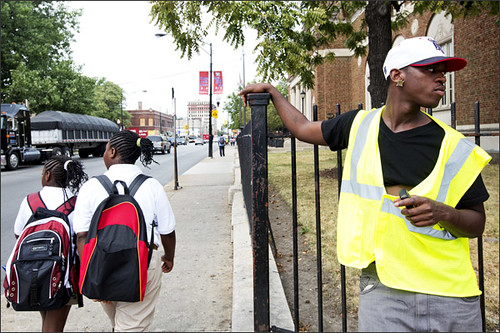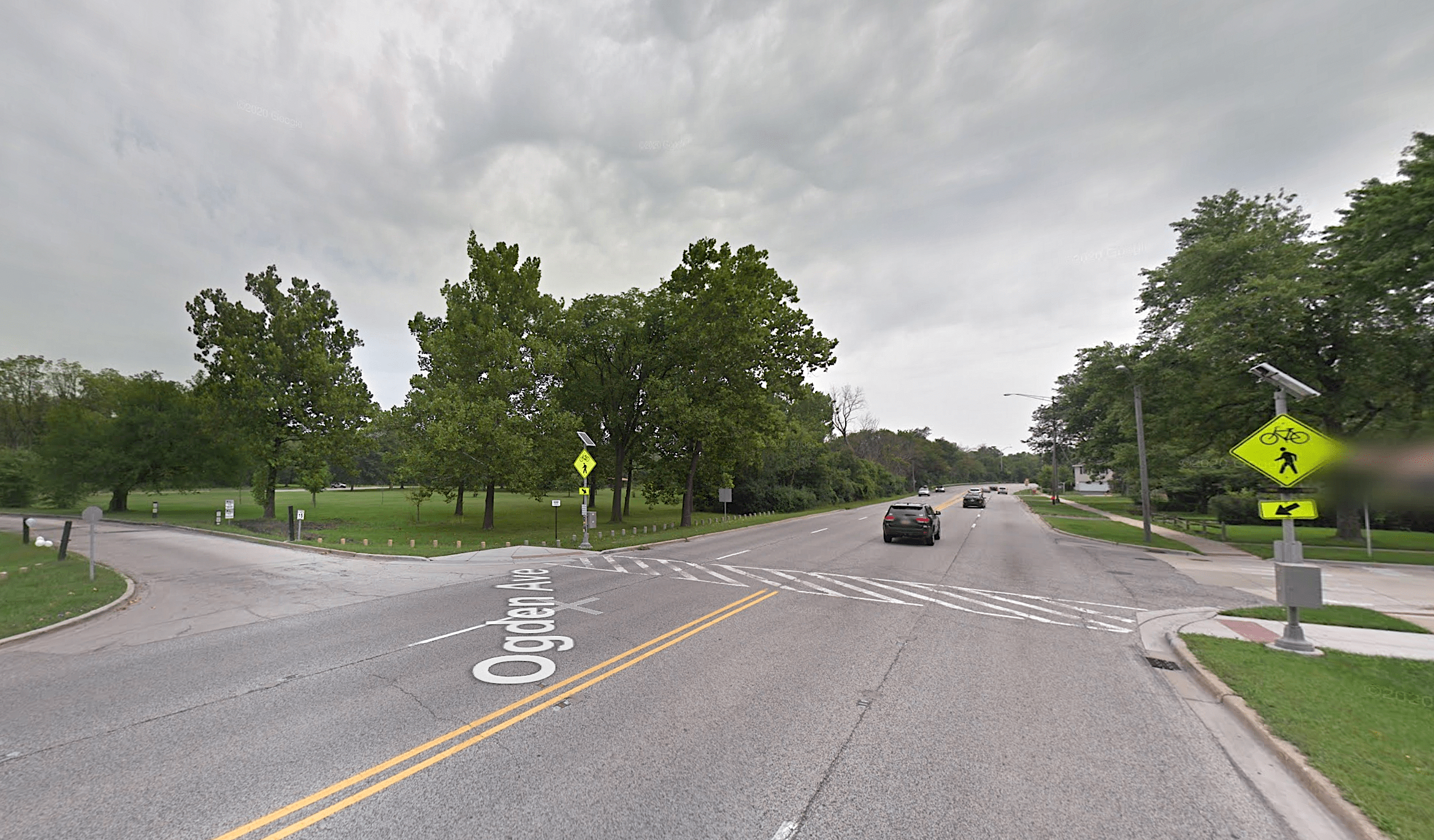I’m sure state representative Mary Flowers, a South Side Democrat, had the best of intentions in pushing for new legislation requiring the school system to provide free bus service for students who currently walk to school along Safe Passages routes. The bill passed the Illinois House 73-39 on Thursday and now moves on to the Senate, the Sun-Times reported. However, it’s not clear this would be a wise policy.
When the CPS closed 50 schools last year, mostly in low-income areas on the South and West sides, ensuring students’ safety on their way to school gained new importance. Many kids are now required to cross gang lines while walking to their new schools. As a precaution, the school district budgeted $7.7 million to hire 600 “CPS Community Watch” workers to provide security on 53 Safe Passages routes between 91 schools.
Many residents feared there would be an upswing in violence as students made their way to their “welcoming” schools, but the school district claims the strategy is working. There have been no major incidents involving students near their new schools during program hours, about two hours before the morning bell and three hours after classes end, according to the CPS.
Flowers said the bill was motivated by her concern for the safety of students walking to school on Safe Passages routes, citing the brutal assault and rape of a 15-year-old girl on her way to school last December in the Belmont Cragin neighborhood. The attack took place at about 6 a.m. near a Safe Passages route, although it appears to have been a random act of violence that had nothing to do with crossing gang lines. A legislative analysis of Flowers’ bill found that over 260 shootings and murders took place along the routes during the 2012-2013 school year, presumably not during the program hours.
State law already requires school districts to bus students who live 1.5 miles or more from their schools and don’t have access to public transit. The CPS currently only buses students with disabilities and students from recently closed schools whose welcoming school is more than eight-tenths of a mile, about a 15-minute walk, from their old school.

The city and state teachers unions, as well as the Illinois AFL-CIO, have endorsed Flowers’ bills, but the CPS has voiced strong opposition. The school district says there are 53,500 students at schools with Safe Passages routes, and bussing them all would require 1,800 additional bus runs per day. That would cost $60.5 million per year, as well as eliminate hundreds of community watch worker jobs, the CPS says.
State reps from outside of the city questioned the wisdom of spending $600 million in taxpayer money over the next decade for increased busing when there are already transportation funding shortfalls. Replacing students’ walking commutes with bus trips would also add to vehicular traffic and air pollution, and eliminate a source of physical activity for kids in neighborhoods with high childhood obesity rates.
It appears that Flowers’ well-meaning proposal could use more study. If the school district’s claim that there haven’t been major problems with crime along Safe Passages routes during program hours is true, perhaps that $60.5 million a year could be better spent on other violence-prevention strategies.





